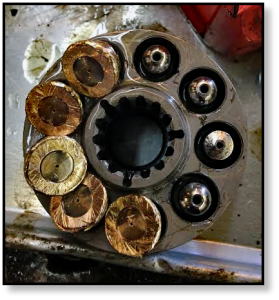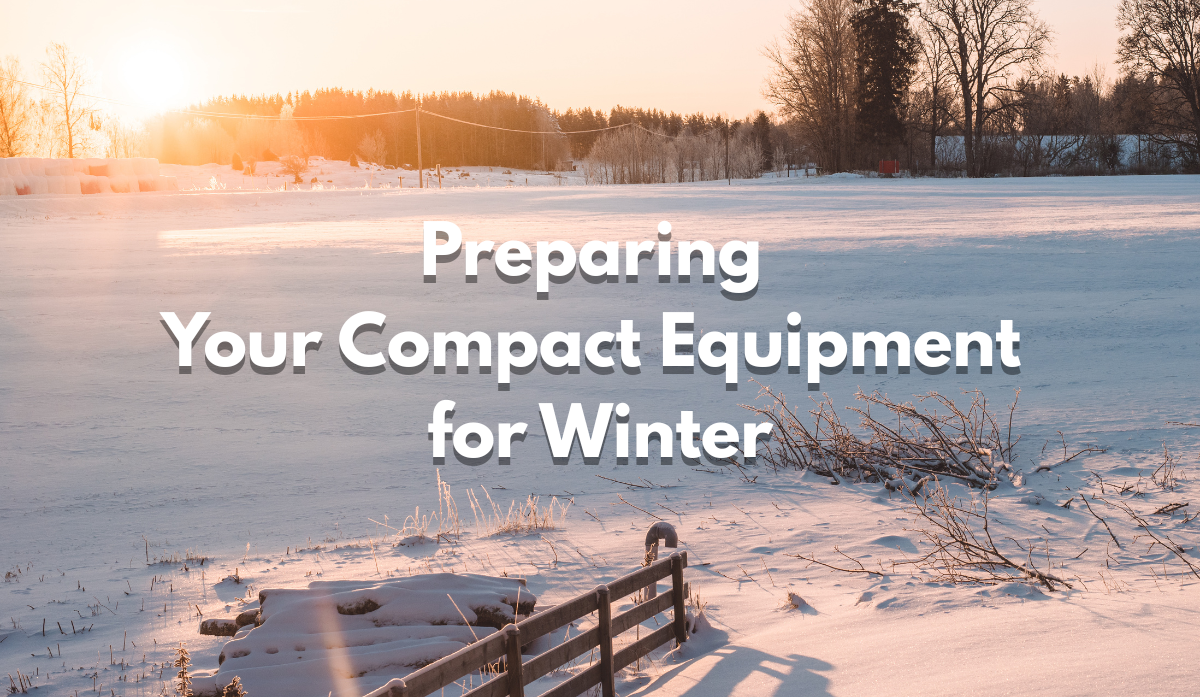How to Solve the Biggest Problems with Hydraulic Drive Motors
Jan 18th 2018
Hydraulic Drive Motor Problems?
Your final drive or hydraulic motor represents a major investment in your equipment – not just because of the cost, but because failure literally brings your equipment to a grinding halt. In this Shop Talk blog post, we are going to discuss how you can solve the biggest problems with hydraulic motors and keep your equipment running.
Check the Case Drain Filter

Severe damage can occur if you don’t check the case drain filter on a regular basis because it will become clogged. As it clogs, pressure will build because hydraulic fluid can no longer freely pass through the case drain line.
Pressure will continue to build, eventually forcing hydraulic fluid into the gear hub, blowing seals, piston shoes, and bearings along the way. If it keeps building up unchecked, it can even crack the cover plate or blow it clean off.
The most catastrophic final drive failures that come into our shop can often be traced back to the case drain filter. Be sure to check your owner’s manual for instructions on checking and changing the case drain filter and you will save yourself thousands of dollars in repairs.
Check the Gear Oil Levels
Another key way to keep your final drive in top shape is to regularly check and change the gear oil. Gear oil is key to minimizing friction between contact parts and conducting heat away.

Checking the gear oil levels regularly allows you to detect leaks as soon as they happen. Changing it according to manufacturer’s recommendations keeps the gear oil in good condition for optimal performance from your final drive. Also remember to follow manufacturer guidelines on what oil to use – your hydraulic motor or final drive was designed with that oil in mind.
Fix Leaks
Leaks are a big deal for final drives because they not only allow important fluids to leak out but allow contaminants to find their way in. Imagine those expensive, high-performance bearings getting filled with abrasive sand or those precision-lapped surfaces getting scoured with plain old dirt. One of the best ways to protect the investment you have in your final drive is to fix leaks as soon as they are discovered. It’s much cheaper to pull a drive and replace some seals than it is to buy a new final drive, in terms of both time and money.

Final Drive Preventive Maintenance
This doesn’t cover all the potential problems you can have with a final drive, but it does cover the problems that lead to the most catastrophic and expensive repairs or replacements. Investing a little time and money in preventative maintenance will go a long way in keeping your equipment running for as long as possible.






